Graduate students to take centre stage at Three Minute Thesis competition
Stepheny Zani - 29 March 2021
University of Alberta graduate students are testing their ability to distil complex research into short and easily understandable presentations for the public this week at the UAlberta 3MT Finals. The Three Minute Thesis (3MT) competition has been held annually at the U of A since 2015. Among the finalists competing for a chance to present at the 3MT Western Canadian Regional Finals are five graduate students from the Faculty of Medicine & Dentistry (FoMD).
Get to know a bit more about the FoMD finalists and the projects they’ll be discussing in the competition.
Shubham Soni
3MT topic: Ketone therapy as a novel candidate for the management of sepsis.
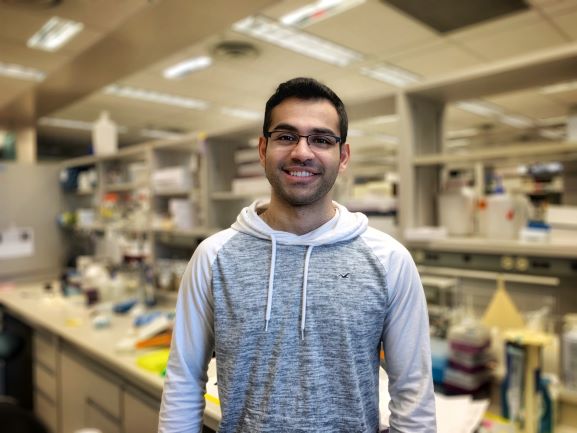
A third-year PhD student in the Department of Pediatrics, Soni was born in India and raised in B.C. before eventually coming to the U of A to further his studies. With a background in physiology, Soni’s research focuses on the function of ketones in several diseases such as heart disease and sepsis, and in pregnancy. He is investigating how ketones—naturally made by the liver during starvation or prolonged exercise and classically thought to be just a metabolic substrate—are more than just an extra source of energy. He believes that increasing ketone levels can be used as a new approach in the treatment of inflammation-mediated diseases.
“I think it's important to take a step back and recognize how much more we have yet to learn about the human body,” says Soni. “It’s essential to question our current knowledge, to be open to new ideas, and to recognize that science isn't often black and white.”
Nozima Fayzieva
3MT topic: Seizing babies: Is there hope for a bright future?
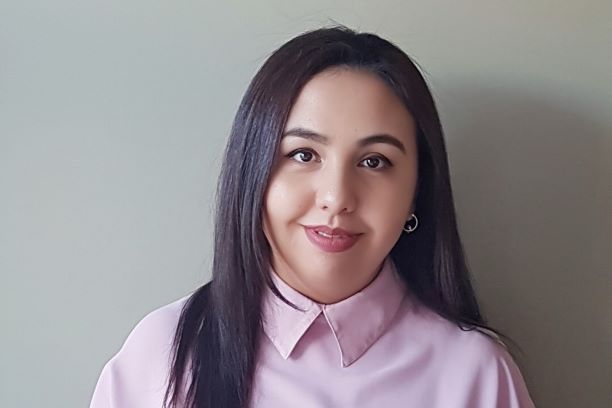
Fayzieva is a second-year MSc student in the Department of Radiology and Diagnostic Imaging. Applying the background she gained as an MD in Uzbekistan, Fayzieva is now re-assessing head MRI scans of children who had febrile status epilepticus (FSE), to investigate a possible interaction between signal intensity changes in the brain and subsequent development of epilepsy and/or anti-epileptic drug resistance (AEDR).
“FSE is a mostly reversible condition, but some children may develop severe consequences such as epilepsies,” says Fayzieva. “There has not been a significant predictor of differentiation between these children yet. If we could determine which of these children have higher risks for developing consequences early, it would allow us to intervene early and maybe even prevent them.”
Cierra Stiegelmar
3MT topic: I, Robotic Hand: How to Control a Prosthesis
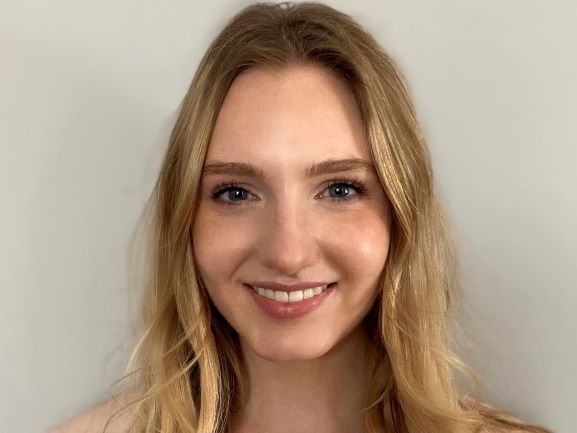
First-year MSc student Cierra Stiegelmar is part of the Department of Medicine and the Neuroscience and Mental Health Institute (NMHI). Stiegelmar found her passion for translational research working at the Bionic Limbs for Improved Natural Control (BLINC) lab, where she investigates how people can develop a feeling of control over an upper-limb prosthesis. Stiegelmar is measuring how the brain processes time when we move and how that impacts the sense of control people have over a prosthesis. She hopes the knowledge will help impact future innovations in prosthesis technology.
“I hope to increase awareness that although current prostheses are quite advanced, they can still be difficult to control,” says Stiegelmar. “Individuals who live with prosthesis have inspired me with how they’ve adapted to life with limb difference, and how they have embraced the challenges associated with using a prosthesis on a daily basis”.
Mayank Rehani
3MT topic: One step at a time: Living with a prosthetic leg attached to the bone
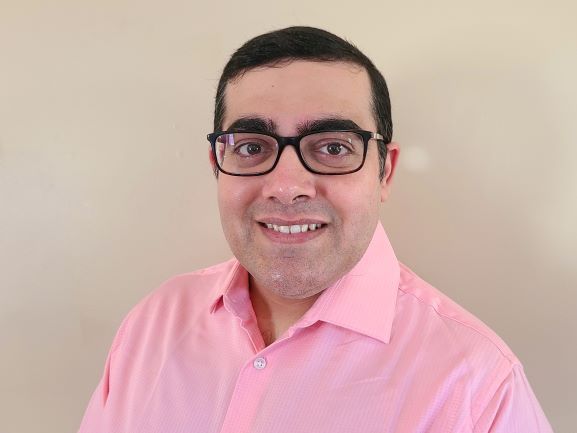
Mayank Rehani, also a graduate student from the BLINC lab, is in the second year of his PhD in the Department of Medicine, Division of Physical Medicine & Rehabilitation. With an extensive background in managing research projects, Rehani is interested in osseointegration for lower- and upper-limb amputation, the embodiment of prosthetic devices and measurement of health outcomes after an amputation or with prosthesis use. He is interviewing patients to learn about their experience of living with socket prosthesis, their rehabilitation following the osseointegration surgery, and of living with their new bone-anchored prosthesis. With that information, he hopes to enhance patient-centered care and develop technological solutions.
“I believe stories are impactful,” says Rehani. “They connect us and enable us to see life from someone else's point of view. With my research, I want to explore the stories and challenges of patients living with this new technology and inspire the audience about the life-altering potential of bone-anchored prostheses for persons living with limb loss.”
Shae Komant
3MT topic: Unmasking cancer in disguise
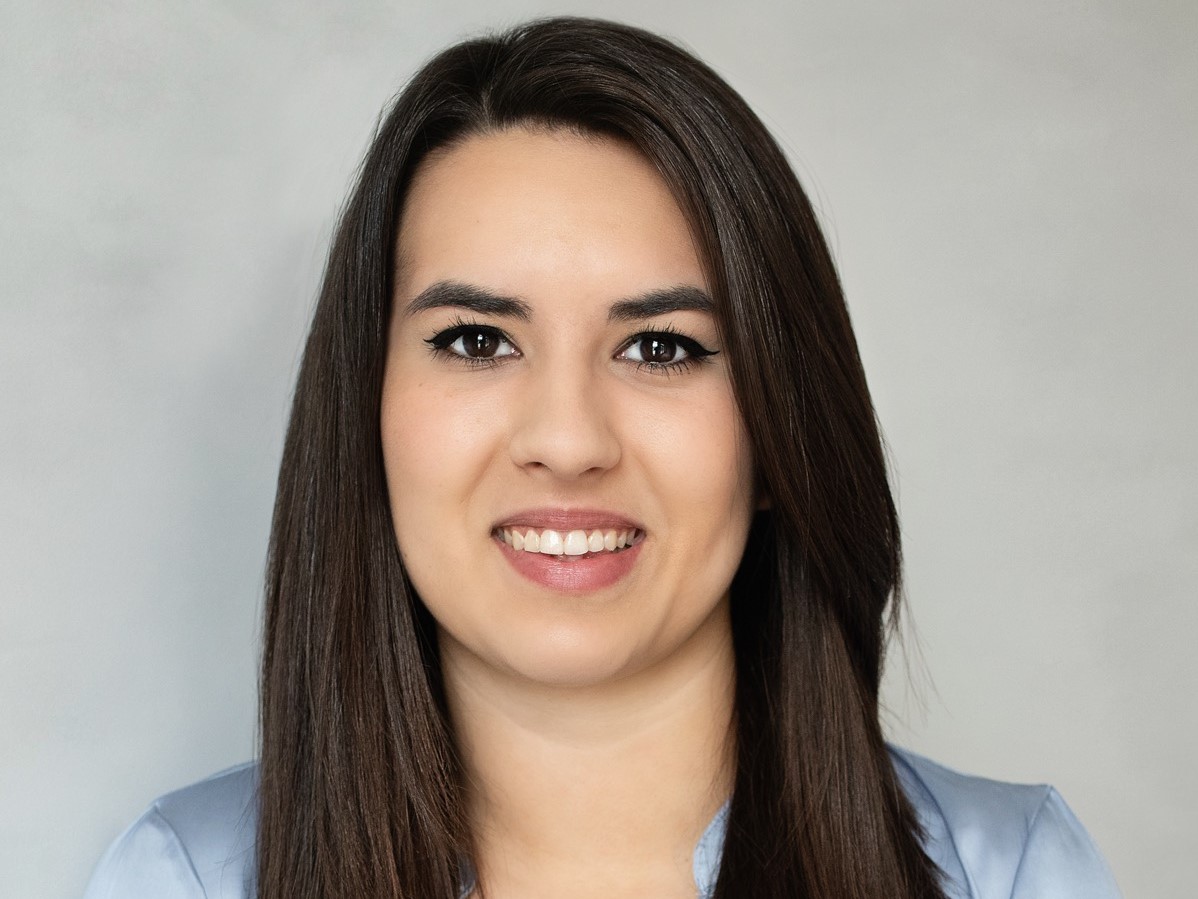
Shae Komant is a second-year MSc student in the Department of Medical Microbiology & Immunology. Komant is creating and testing different Vaccinia viruses as vessels to infect and kill cancer cells, while also alerting the immune system to the presence of the cancer cells. She hopes to create a novel, safe and effective cancer therapeutic that can benefit numerous cancer patients and serve as a basis for other therapeutic areas.
“Through the 3MT I was able to take a step back from my research and think about its greater impact on cancer therapeutics,” says Komant. “This allowed me to think about how I can relay this importance to the public and create excitement for novel therapies. I hope my 3MT will bring some interest and enthusiasm to science, and how we can find new ways of tackling some of our most serious diseases.”
The UAlberta 3MT Finals will be livestreamed here on April 1, 1- 2 p.m. MST.